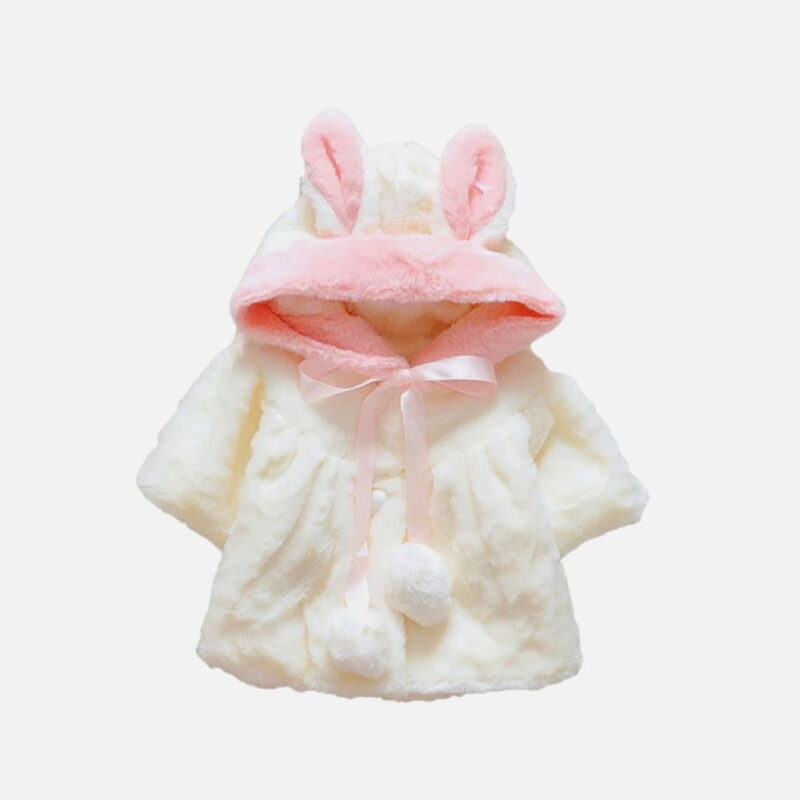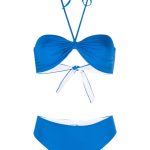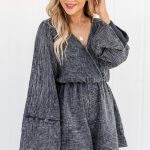Introduction to Warm Baby Clothes
As temperatures drop during the colder months, dressing babies in warm clothes becomes essential. Infants are particularly sensitive to temperature changes, and ensuring they are warm and comfortable is a parent’s primary concern. Warm baby clothes not only provide comfort but also promote better sleep and overall well-being.
Selecting appropriate clothing for your baby involves considering both warmth and practicality. A wide range of options is available, from onesies to jackets, designed specifically for infants and toddlers. This guide will explore essential types of warm baby clothes, materials, styling tips, and care instructions. By the end, you’ll feel confident in choosing the best options for your baby to stay cozy during the chilly months.
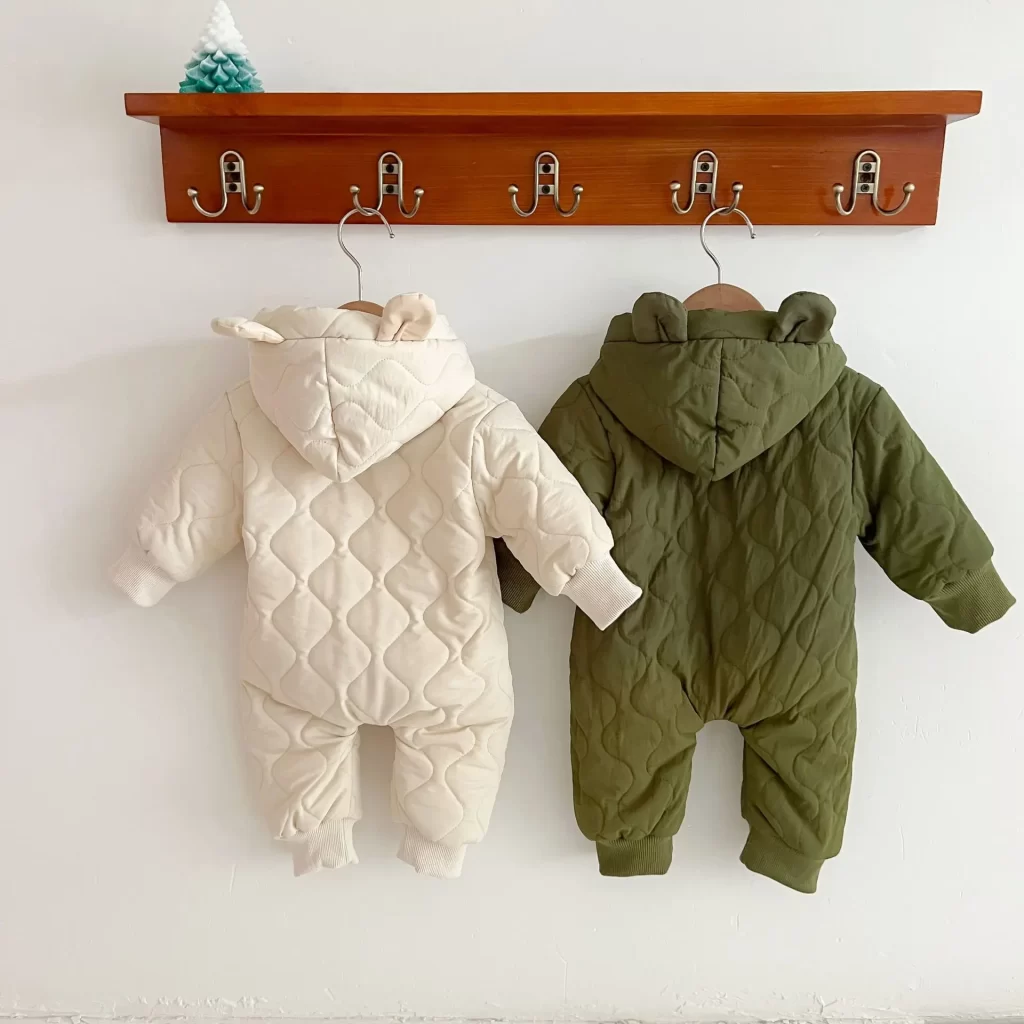
Essential Types of Warm Baby Clothes
Long-Sleeve Onesies
Long-sleeve onesies are a fundamental piece in any baby’s wardrobe, especially in colder weather. These garments provide an extra layer of warmth while ensuring babies’ arms are covered. They fit snugly around the body, providing comfort and flexibility for movement.
When selecting long-sleeve onesies, look for those made from soft, breathable materials, such as cotton or a cotton blend. Some options come with thermal properties, ensuring babies remain warm without overheating. Onesies with envelope necklines or snap buttons make dressing and undressing your baby easier, adding convenience for daily changes. This essential item should be a staple in your baby’s winter wardrobe.
Sleep Sacks
Sleep sacks are a popular alternative to traditional blankets for keeping babies warm at night. They are designed as wearable blankets, allowing babies to stay snug while promoting safe sleep practices. Sleep sacks come in various materials, including cotton, fleece, or a blend, catering to differing temperature needs.
Choosing the right sleep sack with adequate warmth is essential. Many brands offer different TOG (Thermal Overall Grade) ratings, guiding parents to select the appropriate level of insulation for their baby’s room temperature. Sleep sacks ensure babies are secured while sleeping, reducing the risk of suffocation. They are a practical solution for maintaining warmth without the dangers of loose blankets in crib environments.
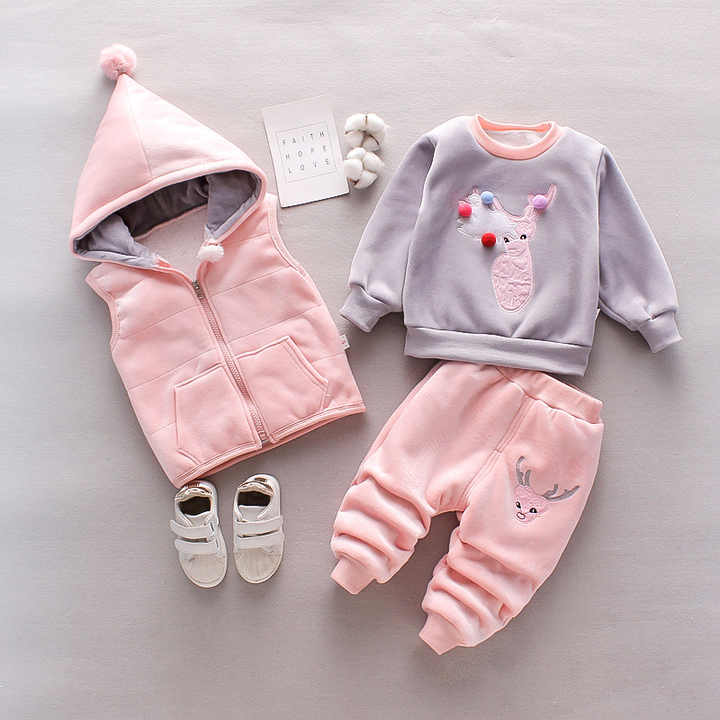
Additional Warm Clothing Options
Fleece Jackets
Fleece jackets serve as excellent layering pieces for chilly outings. They provide warmth without being too bulky, making them easy to wear over onesies or long-sleeve shirts. Fleece is known for its insulating properties and softness, making it a favorite among parents and babies alike.
When selecting fleece jackets, look for options with zippers or snap closures, making them easy to put on and take off. Some styles may feature hoods for added warmth and protection against the wind. The lightweight nature of fleece jackets allows for easier mobility while keeping your baby cozy during outdoor play or family outings.
Winter Coats
When the weather demands extra warmth, a well-insulated winter coat becomes necessary. Winter coats for babies often come padded to provide layers of insulation. Many winter coats have windproof and waterproof properties, ensuring that babies remain warm and dry during inclement weather.
When choosing a winter coat for your baby, focus on options that include features like elastic cuffs and adjustable hoods. These elements help to block the cold air and keep warmth contained within the coat. Look for materials that are also easy to clean, as spills and stains are inevitable. Investing in a quality winter coat will ensure that your baby stays protected from the elements.
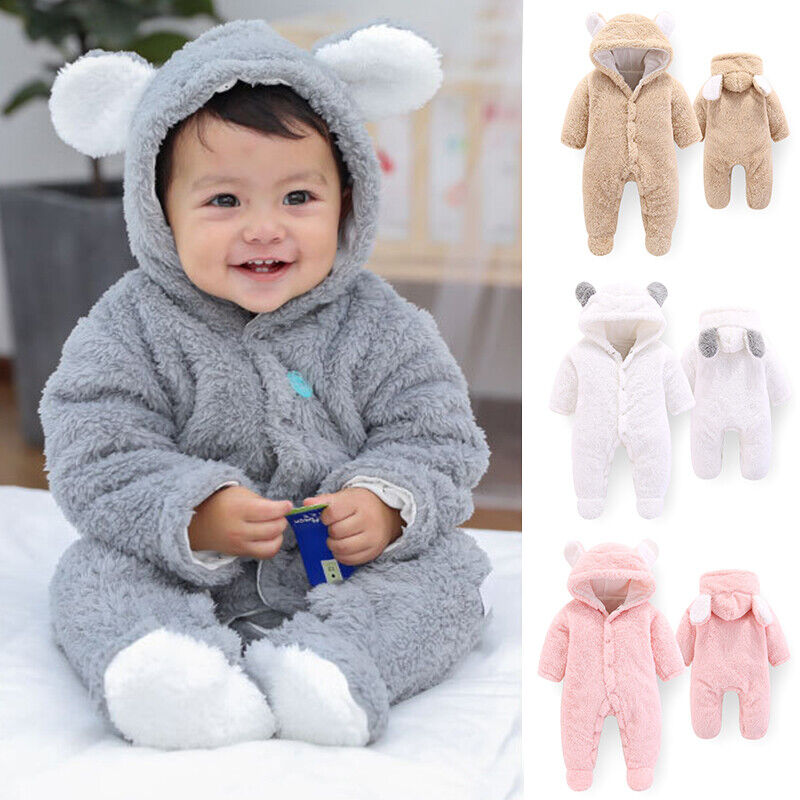
Choosing the Right Materials
Natural Fabrics
When selecting warm baby clothes, the fabric used is crucial for comfort and warmth. Natural fabrics such as cotton and wool are excellent choices. Cotton is soft, breathable, and hypoallergenic, making it a suitable choice for sensitive baby skin. It’s essential to select organic cotton when possible, which is free from harmful chemicals and dyes.
Wool is another excellent option for baby clothing as it provides natural insulation. Merino wool, in particular, is soft against the skin, helping regulate body temperature. It also wicks moisture away, which keeps babies dry and comfortable during cooler months. When opting for wool clothing, ensure that it is labeled suitable for infants and does not irritate their sensitive skin.
Synthetic Fabrics
Synthetic materials also play a role in providing warmth while offering additional benefits. Fabrics like fleece and polyester are lightweight yet warm and durable. Fleece provides excellent insulation and is soft, making it comfortable for babies to wear.
Look for fleece-lined options for additional warmth. Synthetic materials often dry faster than natural fabrics, offering practicality for busy parents. Many brands also design their synthetic fabrics with moisture-wicking properties, ensuring babies stay dry during winter activities or outings. When combined with natural fabrics, synthetic materials can provide the best of both worlds.
Dressing Tips for Keeping Babies Warm
Layering for Versatility
Layering is a key strategy in keeping babies warm during colder months. Start with a fitted long-sleeve onesie as a base layer. Add a middle layer, such as a fleece top or sweater, for additional warmth. Finally, a light winter coat or fleece jacket on top completes the outfit while ensuring comfort.
This layering approach provides versatility to adapt to different temperatures throughout the day. For example, if you enter a warm indoor location from the cold outside, you can easily remove the top layer to keep your baby comfortable. Layering allows you to customize your baby’s outfit based on the weather, ensuring they remain cozy throughout varying conditions.
Monitoring Temperature
Always keep an eye on your baby’s temperature to ensure they remain comfortable. Babies cannot regulate their body temperatures like adults, so it’s crucial to check for signs of overheating or being too cold. Signs of discomfort include fussiness, sweating, or lethargy, indicating they may need to have layers removed or added.
Dressing your baby in layers makes it easy to adjust their clothing as needed. Checking their neck or back can also provide indicators of their warmth. If your baby feels sweaty or overheated, consider removing one layer until they reach a comfortable temperature. Monitoring temperature effectively can help prevent discomfort during colder months.
Care Instructions for Warm Baby Clothes
Washing Guidelines
To maintain the quality of baby clothes, proper washing is essential. Always follow the care instructions on the garment label. Most warm baby clothes can be machine-washed in cold or warm water with a gentle detergent. Choosing detergents designed for sensitive skin can help prevent any irritation.
Avoid using bleach, as it can damage fabrics and irritate delicate skin. To retain the softness and shape of clothing, it is best to avoid fabric softeners. Instead, opt for dryer balls, which can help fluff fabrics without leaving residues. Following these laundry practices will extend the life of your baby’s warm clothes.
Storing Baby Clothes
When it comes to storing warm baby clothes, proper organization is vital. Keeping clothes in a clean, dry space helps prevent issues such as mold or mildew. Consider using clear bins or drawer organizers to separate various clothing items by type or size.
Labeling storage containers can make it easier to find specific pieces, like jackets or sleep sacks, when you need them. It’s also advisable to store seasonal clothes separately. For instance, you can keep warmer items in a designated space until the weather demands extra warmth again. Organized storage will save you time and hassle during busy mornings.
Conclusion: Keeping Your Baby Cozy and Comfortable
In conclusion, selecting warm baby clothes is crucial for ensuring your little one is comfortable and cozy during colder months. With a variety of options available, parents can choose from essential pieces like long-sleeve onesies and sleep sacks to fleece jackets and winter coats.
Choosing the right materials, understanding layering techniques, and monitoring your baby’s temperature will significantly enhance their comfort. Additionally, proper care and storage of baby clothes will ensure that they remain in good condition for future use.
By being mindful about the clothing choices for your baby, you can create a snug and safe environment throughout the changing seasons. Embrace the exciting journey of dressing your baby for warmth, and enjoy every moment of snuggling in those cozy outfits!
